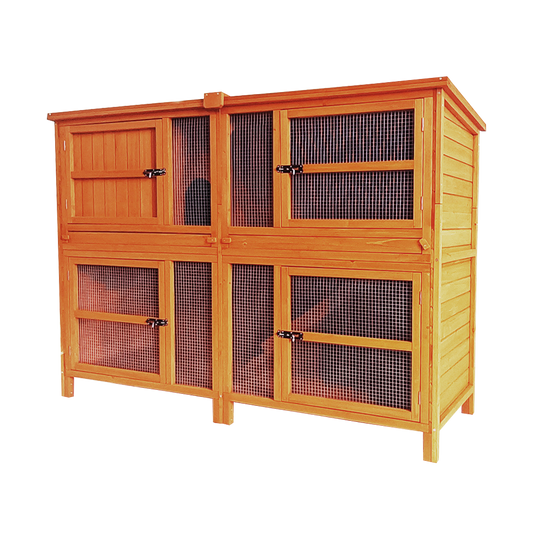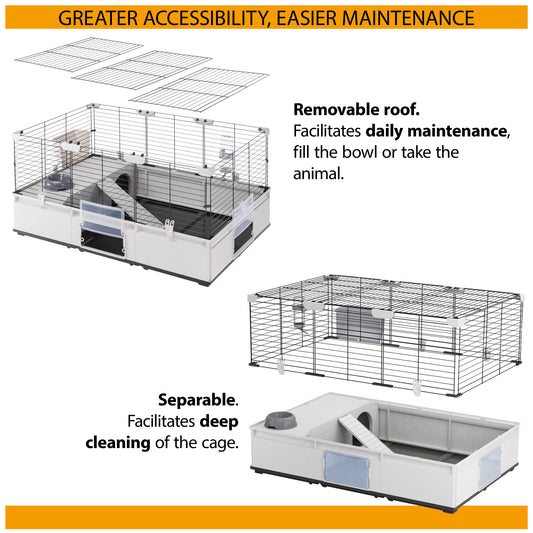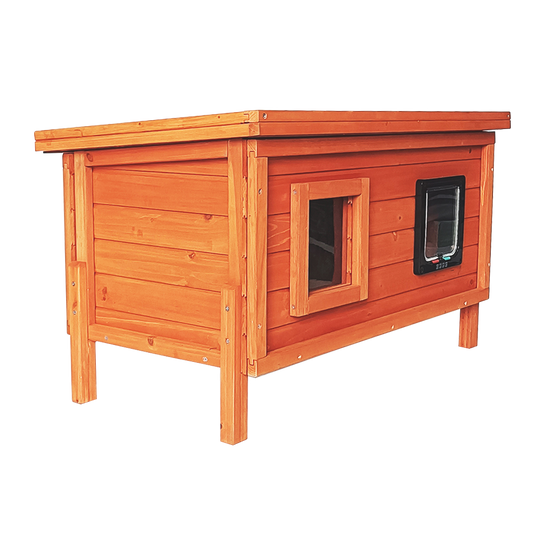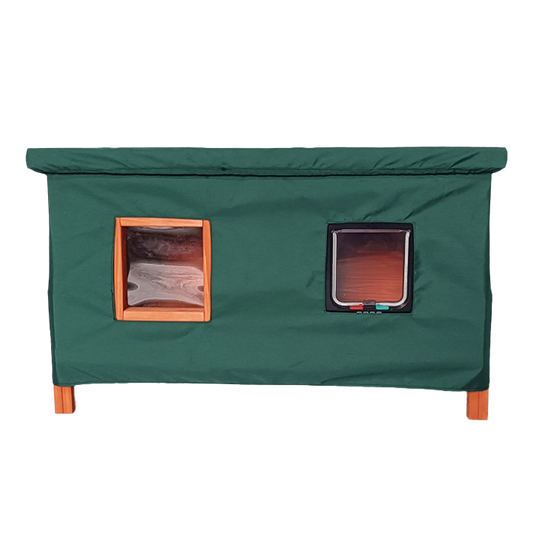When the days shorten and the temperature drops in autumn, you are likely to find that your cat’s behaviour changes with the season. If you have an outdoors cat you’ve probably not seen much of them over the summer. Most cats love to bask in the sun and explore their territory during many hours of daylight, only popping home at dinner time.
Autumn brings piles of fallen leaves to play with, spiders to chase and the rediscovery of the cosy corners of the house. There are some things that cat owners need to be aware of as we go in to autumn. Our seasonal care guide will help you and your pet to get the best out of the season.
Fleas
As the temperature drops and you switch on your central heating, it can have the adverse effect of ‘waking up’ dormant flea eggs that have been waiting for warmth in your home. Fleas used to only be an issue during the warmer months but now our homes are warm all year round, fleas can be present throughout autumn and winter too.
Don’t neglect your cat’s flea regime coming out of summer or you could find your home infested when you eventually put your heating on. Signs that your pet has fleas include itching, chewing or licking more than usual. You might also notice that their skin becomes red and inflamed.
If you find that your pet has fleas you will need to treat them promptly – as well as any other animals in the household and the home itself – to avoid reinfestation. After all, 95% of the fleas in an infestation live in the environment, rather than on a pet.
Moulting
Unless your cat is hairless or a has a wiry coat like the Devon Rex, it is likely that you are going to see a lot of hair loss in autumn. They do this to shed their cool summer coats to make way for new warmer winter coats.
Increased hair loss can mean more hairballs, which are a result of a cat ingesting too much dead hair through cat grooming. The best way to minimize this is to start brushing your cat’s coat daily. This will remove the majority of dead hairs from the coat so there are fewer for them to swallow or shed around the home.
Fire hazard
If you like to curl up in front of an open fire or light your room with candles beware of the cat! Cats have thick coats and do not always realise if their fur is getting singed if they get too close to the fire in search of warmth. Candles are easily knocked over by curious cats so are best avoided unless they are unreachable for your pet.
Never leave your cat unattended in a room with an open fire or candles – even for a moment!
Firework fear
If your cat is likely to be worried by lots of noise and activity outside during the firework season, it can help to put the radio on and close the curtains to block out any outdoor sounds of firework flashes. Classical music has been shown to help calm cats and Classic FM usually runs a special programme on Bonfire night for pets.
Calming diffusers and calming sprays can also help to calm an anxious cat during times of stress. Use them in the areas that your cat likes to hide away, or spray on to bedding.
It is very important to keep your cat indoors after dark, especially during the firework season and remember to lock cat flaps so they can’t sneak out when you’re not looking. If startled, a cat could bolt across a road which could lead to them being hit by a car or becoming lost if they panic and flee.
Help your cat be safe and seen
While it’s a good idea to keep your pet indoors overnight, cats are crepuscular - meaning they are at their most active at dawn and dusk. This is because it is when their prey is at its most active too.
A reflective collar will help your cat to be seen when out hunting during the twilight hours if you decide to let them out at these times. When choosing a collar for your cat make sure it has a quick-release mechanism that will release if it gets caught on something. Feline explorers are at risk of strangulation if their collars get caught on fencing or in hedgerows and do not release.
Weight-watching
Feeding your cat more in the colder months to guard against the cold is no longer necessary as pet cats mostly live in warm, insulated homes. An increase in calories at this time, coupled with cats naturally choosing to be less active when it’s cold, can lead to unwanted weight gain.
If your cat is spending less time outdoors exercising it is a good idea to increase the amount of indoor activity so that they do not put on weight. Lick mats, interactive cat toys and playing games with your pet – such as hide and seek or dangling a fishing rod toy – can all help cats to stay trim through the autumn and winter.
Antifreeze warning
Even the smallest amount of antifreeze could kill a cat so it’s vital that any chemicals that you might have ready for the cold weather are stored well out of your pet’s reach. To keep your cat safe, check your car regularly to make sure it isn’t leaking water coolant, and be careful when using and disposing of antifreeze.
Remember, inquisitive cats can jump and climb up to the highest shelves so be sure to secure any bottles inside a locked cupboard or box.
Signs of antifreeze poisoning can show 30 minutes after ingestion but it may be two or three days before signs of kidney failure appear. If you suspect that your cat may have consumed antifreeze or shows signs of having done so – such as vomiting, seeming sleepy, appearing drunk or uncoordinated, or having a seizure or having difficulty breathing – seek veterinary assistance immediately. The quicker a cat suffering from antifreeze poisoning can be treated, the better the chances of survival.









